Like all good things, sugar is fine in moderation, but it’s one of the most commonly-added ingredients in many foods – desserts and otherwise.
The World Health Organisation (WHO) recommends adults and children consume no more ‘free sugars’ than 10% of their total energy intake, which equates to roughly 12 teaspoons of sugar per day. The WHO says that reducing the intake to less than 5%, or 25g, per day would provide additional health benefits, such as a reduced risk of obesity and tooth decay.
Calculating sugar
1 teaspoon of sugar = 4 grams of sugar
This means 16 grams of sugar in a product is equal to about 4 teaspoons of sugar.
Natural v. artificial sugars
It’s important to differentiate between naturally-occurring sugars – like those from fruits, vegetables and dairy – and ‘free sugars’, or added sugars.
You’ll quickly realize just how often sugar is added to foods when you look for it on ingredients lists. All of these terms refer to sugar when included as an ingredient:
- sucrose
- glucose
- fructose
- maltose
- fruit juice
- molasses
- hydrolysed starch
- invert sugar
- corn syrup
- honey
Also, it’s important to remember that Ingredients are listed in order of how much exists in the product, so if sugar is near the top, that’s a red flag.
Nutrition labels tell you how much sugar a food contains:
- high in sugar – 22.5g or more of total sugar per 100g
- low in sugar – 5g or less of total sugar per 100g
- summer events
- small business
- gut health
- OATLY
- healthy
- Crudo
- top tips
- All Together Now
- fridge cake
- Events Waterford
- food festival
- Events Ireland
- me auld flower
- news
- dublin
- events Dublin
- dublin festival
- Home-Cooking
- food and drink festival
- online cooking course
- festival line-up
- cooking
- Summer festival
- eco-friendly
- Events
- cosy
- Festivals Ireland
- wine
- Body & Soul
- grapes
- music festival
- south africa
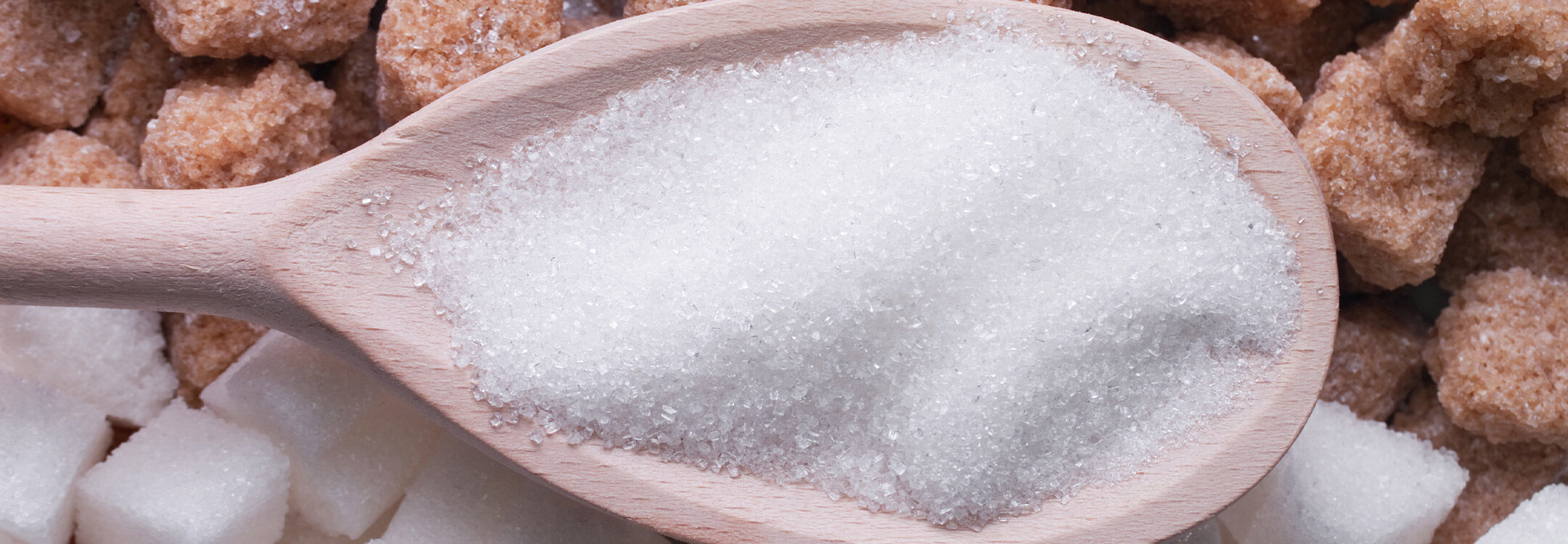
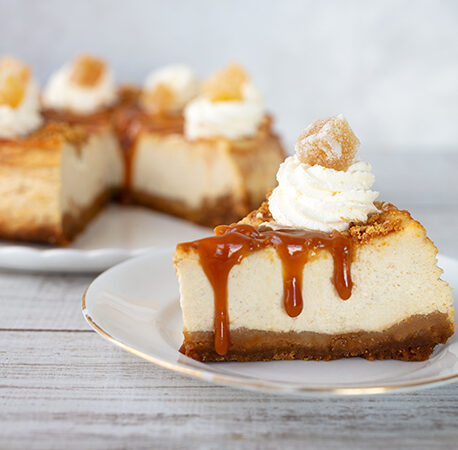
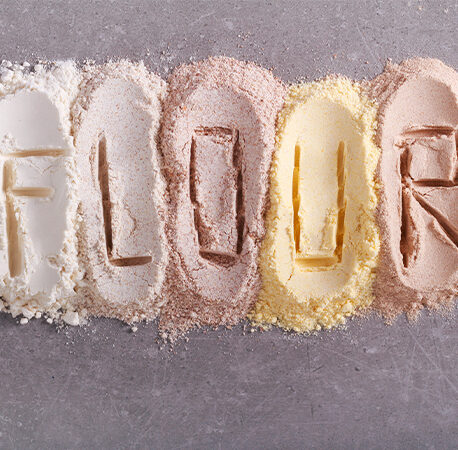
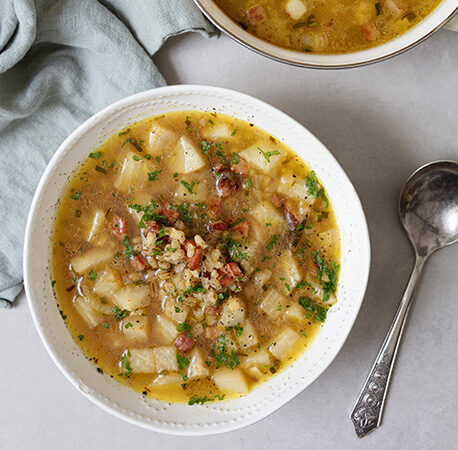
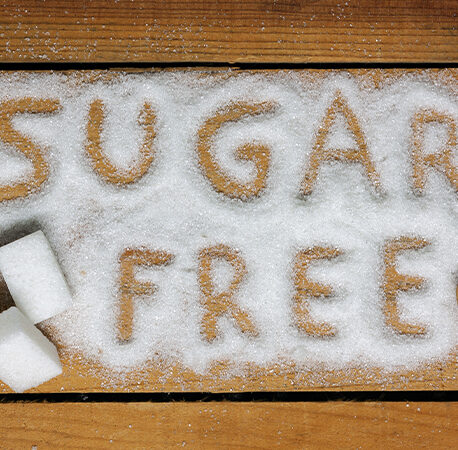
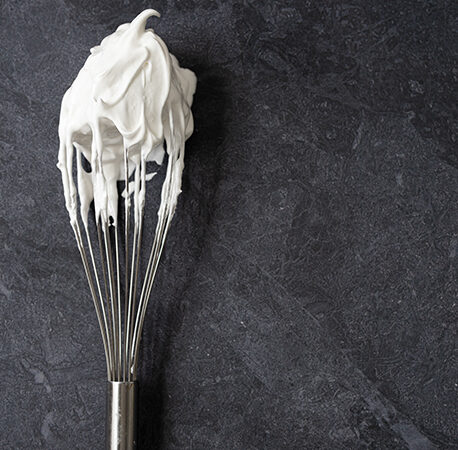
You have to be signed in to comment this post.